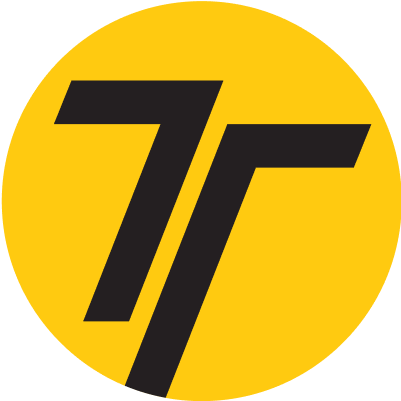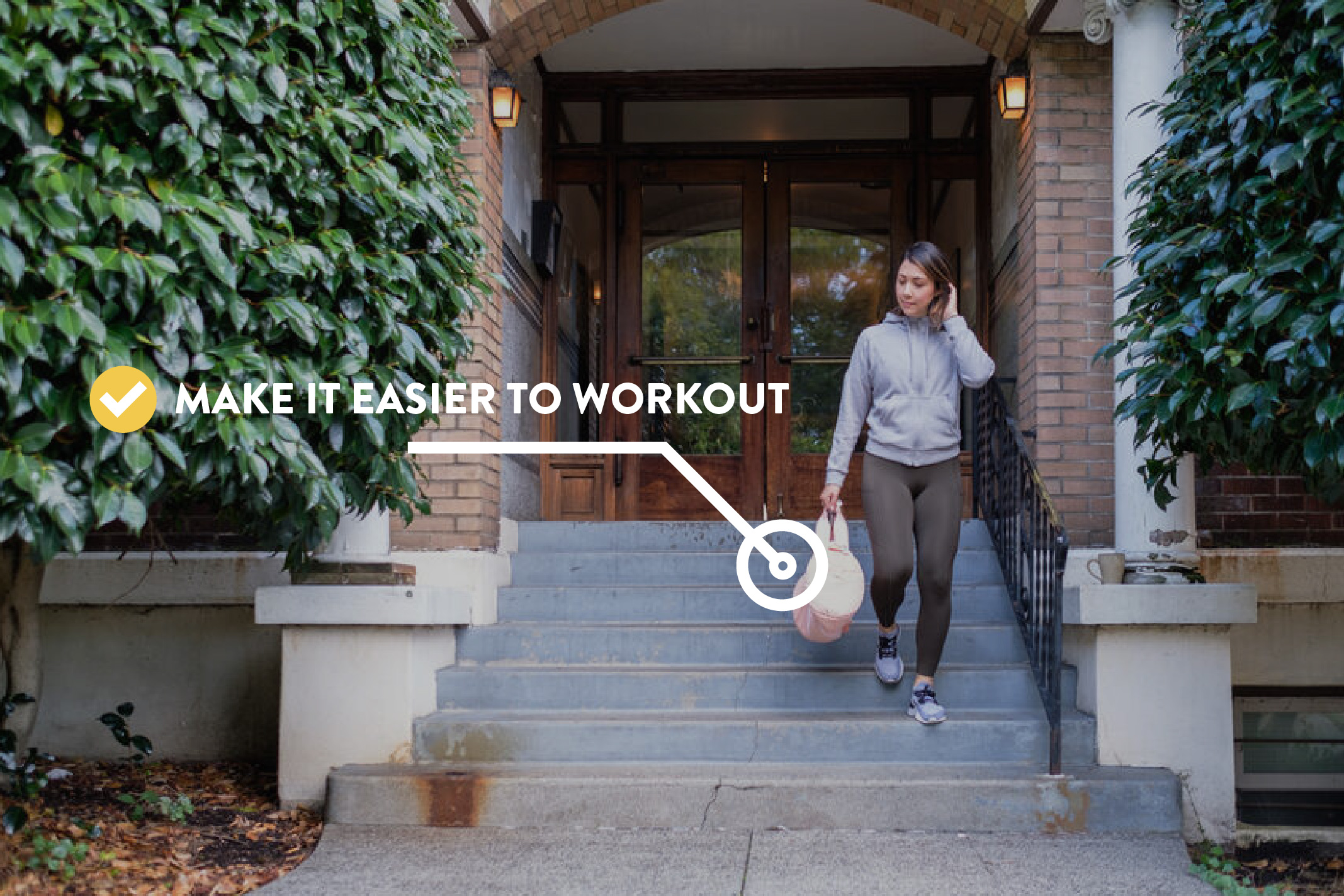Benjamin Franklin once famously said, “failing to prepare is preparing to fail”. Setting yourself up for success is arguable the most important first step anyone can make before achieving a goal. And if it’s your client’s goal to workout more often, then preparing to workout is the first step to their success!
Why making it easier isn’t always so easy (and what to do about it)
When aiming to build a new habit into a daily routine, there is a lot of work that goes into figuring things out. The brain increases in its cognitive load when having to do something different than what it’s used to [1]; the brain can no longer operate in “autopilot mode” because it is having to problem solve new logistics and make decisions [2]. It’s at this point that change becomes problematic for our clients.
We’ve all been there too. We’re tired. Stressed. Our cognitive loads are strained. What do any of us want to do? Order in from Uber Eats, snack on junk food until it arrives, and binge watch Netflix until way past our bedtimes while scrolling Insta. Ok. That was a bit extra. But you get the gist.
What to do? How can you fool proof such a tempting evening?
Lower the barrier to decision making. Prepare so well, that you have to actively avoid your previous efforts to not achieve your goal.
Always be prepared (those boy scouts were on to something)
The answer here is: prepare. Preparation takes the thinking out of achieving a new habit. And this is where success lies. Thomas Edison is quoted as saying, “success is 10 percent inspiration, 90 percent preparation.” And we’ve learned this to be particularly true with habits.
So what needs to be prepared when trying to get to your workouts? The logistics alone need to be troubleshot. All of them. Everything your client needs to show up and be ready for a workout needs to be prepped. Change of workout clothes (shoes to sweatband). Gym bag? Change of clothes for after? A protein shake or post-workout nutrition? Pre-workout nutrition? Is your client coming from work? Going to work after? How long does it take to get to the gym? To get to work from the gym? All of this needs to be figured out before their first day. And it’s a lot when you’ve never worked out before!
Breaking down the barriers
To take the thinking out of the prep work of getting to their workout, you can do a few things to support your clients.
The first is to provide your clients with the information they need. Try a pre-workout checklist that you can send to clients detailing everything they’ll need. From nutrition to the type of shoes on their feet they’ll need.
If clients work out at home, have them design environmental cues like leaving the gym equipment in clearly visible and accessible places.
Another is encouraging everything to be prepped the evening before they’ll need it. Usually as part of a pre-bedtime routine is ideal. Getting everything ready the night before is the G.O.A.T. of gym success for your clients. James Clear in Atomic Habits1 emphasizes making things easy. Keeping things in the open and ready for use ahead of time is THE way to help your clients succeed.
Just imagine that client who can’t seem to remember their gym bag, because they’re too busy in the morning or pack it and just forget to bring it. What if that same client got into the habit of packing it the night before and leaving it in front of the door! They’d literally have to trip over a packed bag before leaving the house. Success!
Lastly, anything that you and your client can come up with to make it easier and take the thinking out of getting to the gym works here.
Your client doesn’t have to feel like they’re always doing the most to make it to the gym. The only time they should be sweating it is during the workout.
Making it easier to work out in a nutshell:
- Preparation takes the thinking out of habitually getting to the gym.
- Encourage clients to make getting to the gym easier by taking steps such as: prepping their gym bag ahead of time, choosing a route that goes past their gym, and leaving gym equipment out in their home to act as a visual cue.
- Building this habit can lower the barrier to achieving future goals.
References
- Clear, J. (2018). Atomic habits: An easy & proven way to build good habits & break bad ones. Avery.
- Seger, C. A., & Spiering, B. J. (2011). A critical review of habit learning and the basal ganglia. Frontiers in systems neuroscience, 5, 66. https://www.ncbi.nlm.nih.gov/pmc/articles/PMC3163829/

